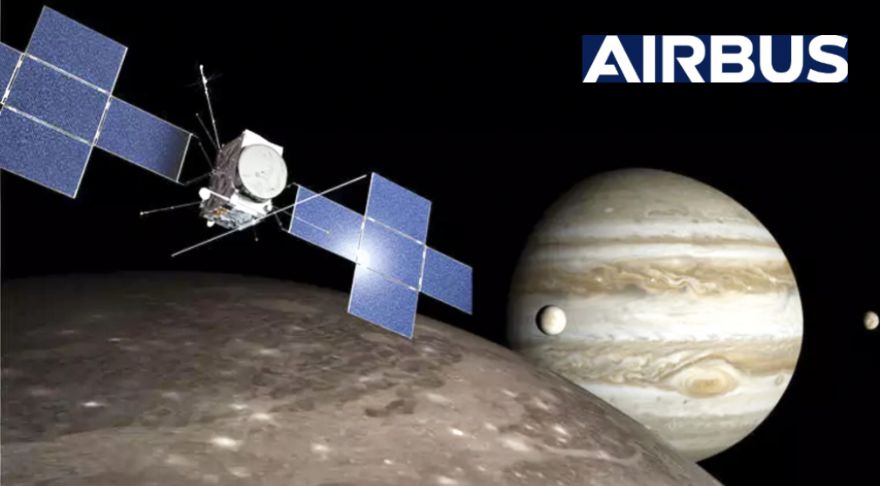
The JUpiter ICy moons Explorer (JUICE) is now officially on its way to Jupiter. The spacecraft has spread its wings following a successful launch aboard Ariane 5 last week, blasting off from Kourou in French Guiana. The
European Space Agency (ESA) spacecraft operations team at the European Space Operations Centre (ESOC) in Darmstadt, Germany, took control of the spacecraft and confirmed reception of the first telemetry and the smooth deployment of its critical solar arrays.
Additional equipment and instruments will be progressively turned on in the next few days and the operations team will run tests to make sure they are all fully operational.
Michael Schöllhorn,
Airbus Defence and Space CEO, said: “After years of work, watching this launch live from our sites across Europe was a very emotional moment for all those who have worked on this incredible mission. This is the best of Europe coming together. I am eager to see the next big thing coming from the European space community.“
Bringing together 80 partners across 23 countries and harnessing the brainpower of over 2,000 people, Airbus has designed and built JUICE under contract to ESA.
On its over 5 billion km journey, the 6.2 tonne JUICE spacecraft will make a series of flybys of Jupiter’s moons Callisto, Ganymede and Europa, collecting data to try to understand whether there is any possibility that the moons and their subsurface oceans could host microbial life. Carrying 10 ‘state of the art’ scientific instruments, including cameras, spectrometers, an ice-penetrating radar, an altimeter, a radio-science experiment, a particle package and various magnetic and electric field sensors, the JUICE spacecraft will complete a unique four-year tour of the Jupiter system.
JUICE is due to arrive at Jupiter in 2031 after a series of gravity slingshots from Venus and Earth to propel it on its way. Airbus has a long legacy of supporting ESA with all its interplanetary missions. These missions present unique challenges which require pushing space technologies to the limit, and JUICE is no exception, with the largest solar arrays ever built for a science mission.
Dr Caroline Harper, Head of Space Science at the UK Space Agency, said: “The launch of JUICE marks years of hard work and collaboration by scientists, engineers and space agencies all over the world, but the journey is far from over.
“We look forward to following the spacecraft as it makes its eight-year trip to Jupiter and then as it studies the planet and its moons, using specialised UK-developed science instruments. We have a large community of research experts in the UK who are eagerly awaiting the data that JUICE will provide. With this information we hope to discover more about the nature of gas giants in space, and their icy moons, bringing us another step closer to understanding the evolution of the Universe.”